Nofima researchers determine that selective breeding yields faster-growing microalgae that produce more omega-3s
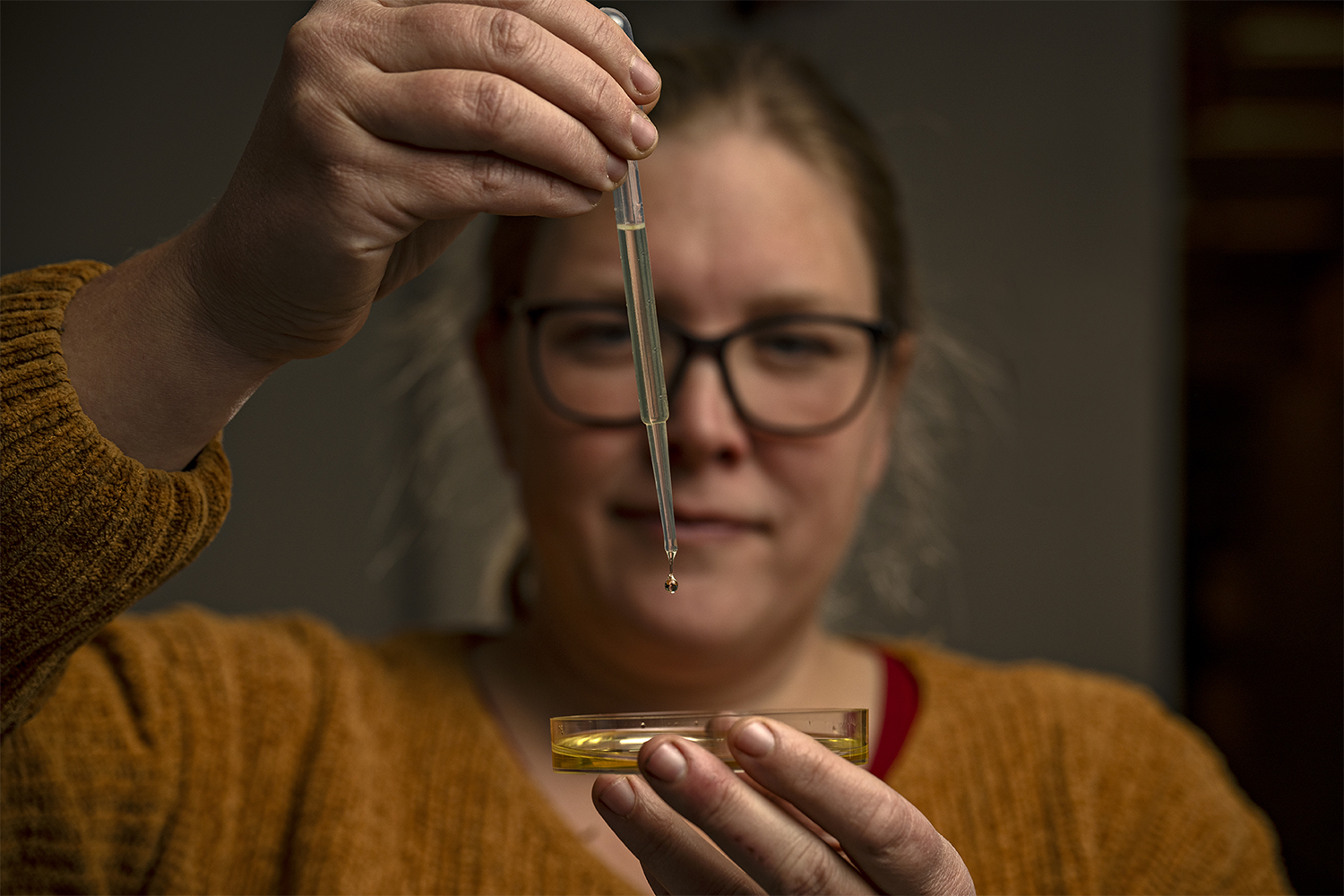
As the global demand for seafood rises, the traditional reliance on fish-based feed for aquaculture is posing significant environmental challenges. Scientists believe that microalgae is a promising solution, due to the vast number of species – more than one million strains are thought to exist in nature – and the compounds they contain, such as proteins, fatty acids and colorants.
With this in mind, researchers at Nofima, Universidad de Las Palmas and Ghent University decided to investigate whether selective breeding could help microalgae grow faster and produce more omega-3 fatty acids. Their research is part of the project NewTechAqua, which aims to develop and validate technological advances and applications to expand and diversify European finfish, mollusk and microalgae production.
“Microalgae are promising, but their larger-scale use is challenging because production costs are higher than other competing ingredients,” Marie Lillehammer, senior scientist at Nofima, told the Advocate. “We wanted to see if we could develop cultivated strains of microalgae that are tailor-made for a particular use and production environment.”
Lillehammer and her team chose the species Seminavis robusta, a heterothallic alga that reproduces sexually as part of its natural life cycle. Although not the most relevant source of feed, it is a typical research species that is often used in laboratories and was the easiest to manage during tests on sexual reproduction, according to Universidad de Las Palmas. Eight lines of the species were crossed with each other in one generation and tested in the breeding experiment.
Most traits to improve during breeding programs can be split into three categories: growth (a species’ production efficiency), composition (protein and fat content) and robustness (disease resistance and the ability to adapt to certain environments). In this study, growth and fatty acid composition were included. For later studies, exploring other composition and robustness traits will be relevant, says Lillehammer.
“The program begins by ranking potential parents, selecting the best ones and crossbreeding them to produce the next generation,” she said. “Crossbreeding, a natural way of recreating genetic variation, is not that straightforward, because some strains are not necessarily compatible due to mechanisms that prevent them from interbreeding with strains that are very different to themselves. We ended up with some non-compatible strains in the beginning that could not be crossed. Still, we were able to set up an experiment that allowed us to estimate the genetic variation in traits of interest. We found that 18 percent of omega-3 production in S. robusta is determined by genes, which could yield 8.8 percent improvement from one generation of selection, if 20 percent of potential parents are selected.”
Playing favorites: How selective breeding can grow the seaweed sector
For growth, Lillehammer and her team expect that with an inheritance rate of 50 percent, S. robusta would grow 25 percent faster per generation. In theory, this is a ninefold increase per year, given 10 generations in one year. Because there is genetic variation in microalgae, their composition can be altered by selecting and crossing the best strains. This accumulated response over generations is obtained without any genomic modification. But more research will be required in areas such as physiological limitations that could halt growth over generations and any side effects of growth.
“For commercial production, we will not be able to rely on selective breeding alone to produce the best possible strains,” said Lillehammer. “We will need to optimize the growth environment and culturing conditions as well. One difference between microalgae and many other organisms that are bred selectively is the very short generation interval. For example, we could carry out multiple rounds of selection without finding out how these cultures would survive over a longer period. When huge progress is made over a short period of time, it’s important to monitor any unwanted side effects, not because we expect them to be severe, but because we don’t know anything about them.”
Crossbreeding is not that straightforward, because some strains are not necessarily compatible due to mechanisms that prevent them from interbreeding with strains that are very different to themselves.
Lillehammer and her team say that the selective breeding of microalgae should be explored further if microalgae is to become an important aquafeed ingredient in the future. Selectively breeding other microalgae species with strong potential as aquafeed ingredients and comparing their growth in large-scale conditions will be the next steps, as well as establishing ways to measure growth to ensure production in a more commercial-like environment.
“We only measured growth and fatty acid composition in laboratory conditions using very small amounts over a very short period of time,” said Lillehammer. “We can selectively breed microalgae and make them grow faster, but we don’t know if the strains that grow fastest in a lab will grow fastest in commercial conditions. We are still in the testing stage and proving that our research works but it’s extremely inspiring and I believe that it will make a difference when it comes to using microalgae as an aquafeed ingredient.”
Now that you've reached the end of the article ...
… please consider supporting GSA’s mission to advance responsible seafood practices through education, advocacy and third-party assurances. The Advocate aims to document the evolution of responsible seafood practices and share the expansive knowledge of our vast network of contributors.
By becoming a Global Seafood Alliance member, you’re ensuring that all of the pre-competitive work we do through member benefits, resources and events can continue. Individual membership costs just $50 a year.
Not a GSA member? Join us.
Author
-

Bonnie Waycott
Correspondent Bonnie Waycott became interested in marine life after learning to snorkel on the Sea of Japan coast near her mother’s hometown. She specializes in aquaculture and fisheries with a particular focus on Japan, and has a keen interest in Tohoku’s aquaculture recovery following the 2011 Great East Japan Earthquake and Tsunami.
Tagged With
Related Posts
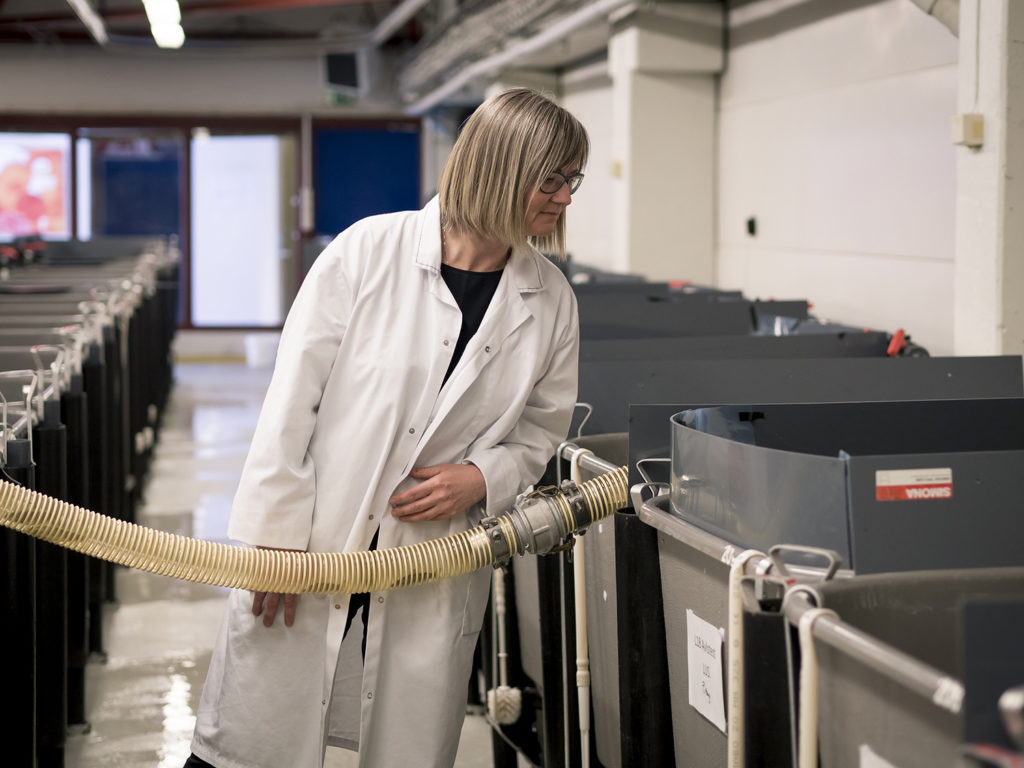
Innovation & Investment
AquaGen CEO: Genomics are transforming aquaculture
The CEO of AquaGen knew that the Norwegian research group’s work in genomics was key to the salmon industry’s future. And that was before she even worked there.
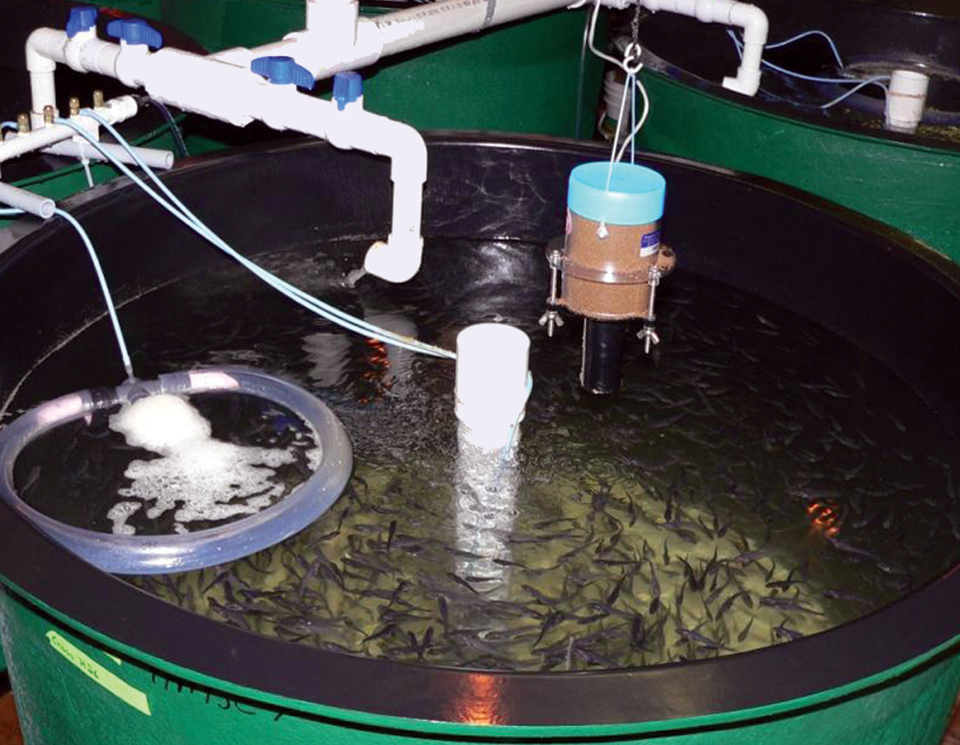
Health & Welfare
Atlantic cod genomics and broodstock development project
The Atlantic Cod Genomics and Broodstock Development Project has expanded the gene-related resources for the species in Canada.
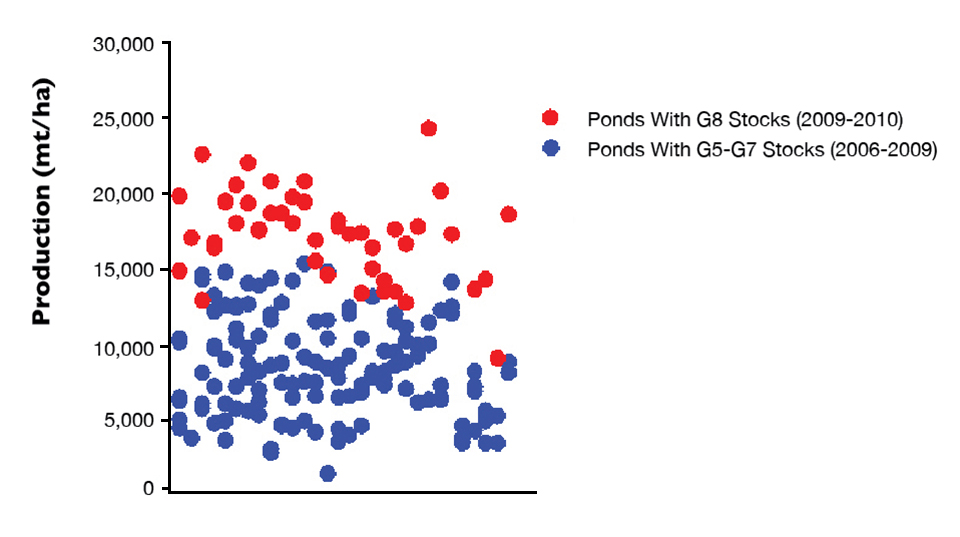
Health & Welfare
Black tiger breeding program yields record shrimp harvests in Australia
Traditionally, Australian farmers relied on wild broodstock to source black tiger shrimp larvae, but substantial progress has been made in the domestication and selective breeding of Australian P. monodon.
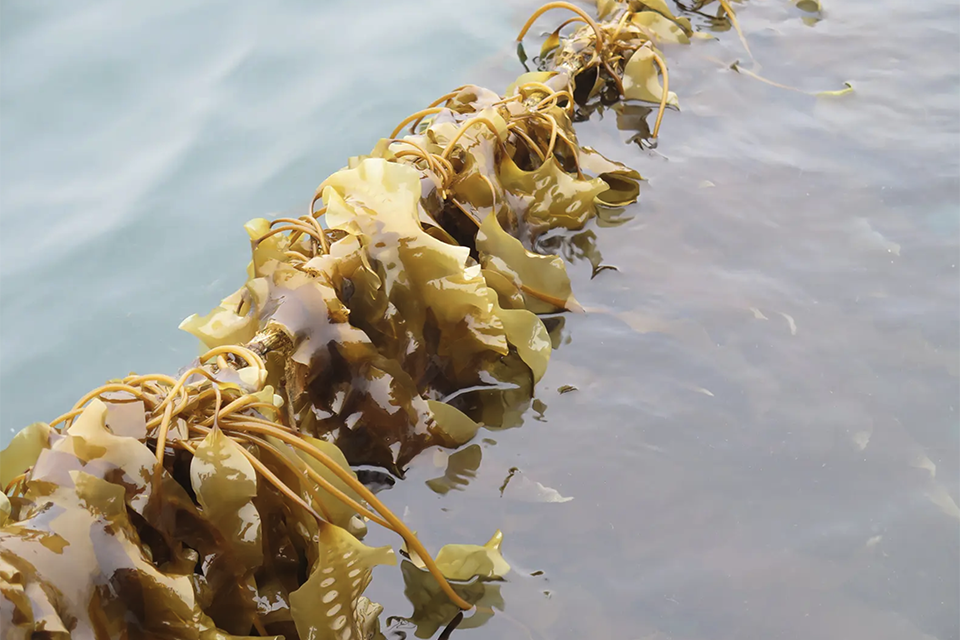
Responsibility
Can kelp farming fix the planet? Experts weigh in on promises and pitfalls
How can kelp farming help solve global challenges? A panel of seaweed experts discussed promises, pitfalls and knowledge gaps.


